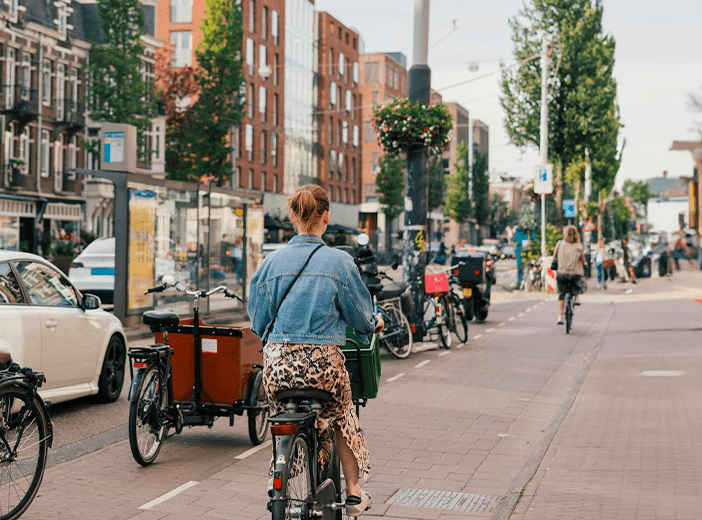From Smart Cities to Smart Ocean Cities
What's the impact of coastal cities on the oceans? Steven Adler introduces us to the concept of Smart Ocean Cities and demonstrates how they can help protect the oceans.

June 8 marks the World Oceans Day. The United Nations observes this day to remind everyone of the major role the oceans have in everyday life. There is no better time than today to reflect upon the role of data to help us create a better future for the oceans, which connect us all.
In this blog post, Steven Adler from the Ocean Data Alliance examines the impact of coastal cities on the oceans and how extending the concept of Smart Cities to Smart Ocean Cities can help protect the oceans.
The Impact of Coastal Cities on the Oceans
It is well known that the majority of people now live in towns and cities. It is more surprising to learn just how many of the world’s population live on or near the coast. Forty percent of people are within 100km of a shoreline. Not coincidentally, most major problems in our oceans are found within 100km of the coast. The world’s largest population centers are responsible for much of the farm runoff, sewage, plastic and other pollutants that endanger marine and land ecosystems in coastal zones. And it is along coasts that most overfishing occurs.
Tackling these problems requires making the oceans relevant to people in their everyday lives. We must work harder at the local level to clean up coastal environments and get more people choosing to venture into the seas and beneath the waves. A solution may lie in integrating urban coastal zones into Smart Cities programs.
The Smart City Model
Around the world, Smart Cities are analyzing and adapting urban environments to improve the quality of life for their residents. High-speed and low-cost sensors, open data and data science are transforming public transportation, making garbage collection better, improving air quality and helping urban planners redesign streets and public spaces.
In the United Kingdom, the Council of the City of Bristol’s data portal boasts 21 datasets on environmental indicators, with a particular focus on air quality monitoring. Across the Channel, the Belgian city of Namur provides valuable figures to support green initiatives and help the fight against climate change. Namur published five datasets on the thermal characteristics and solar potential of the city’s building. As this data became reusable for innovators, a group of students at a local university developed an automatic calculator for energy premiums. These tech-driven solutions are transforming cities into safer, healthier and more productive environments.
Towards a Smart Ocean City Model
Why not apply the same processes to urban coastal zones, which have been left out of Smart City programs until now? A Smart Ocean City would integrate into the seas the same observation and data collection technology that’s already being applied in cities, spurring innovation in ocean remediation and restoration, and transforming seafronts from blighted industrial zones into clean and healthy public spaces full of amenities.
There is already evidence that Smart Ocean Cities stand to generate huge economic benefits from cleaning up their oceanfront districts. Copenhagen began restoring its harbor area 20 years ago, turning it from a grimy dockland into a thriving public space full of water parks where people swim in harbor pools, rent kayaks or picnic boats and take water taxis. The scheme has attracted residents and tourists alike to hotels, restaurants and other amenities on its shores.
Since large concentrations of people consume the most goods and services and produce the most waste, it is our coastal cities that most directly endanger the oceans. They can however also have the most positive impact on ocean ecosystems.
Smart Ocean Cities can improve waste-water treatment to prevent algae blooms and restore oxygen to coastal dead zones. They can use microorganisms to transform the nitrates and phosphates in farm runoff into fertiliser and fish food. Cities can reduce plastic use and invest in making waste management more efficient, instead of exporting solid waste abroad, where it often ends up in the ocean. They can support ocean innovation incubators to advance solutions that restore natural resources like coral reefs, shellfish beds, fisheries and sea-plant farms. And city governments can pass municipal bonds to provide new funding streams for local ocean improvements with global impacts.
All of these initiatives have one thing in common: they are all based on robust data collection and analysis. This data can significantly enhance our understanding of the ocean for the benefit of business, science, and society. If you are looking to learn more about how data can help protect the oceans, Opendatasoft and I jointly organized a webinar in March on this same topic.



